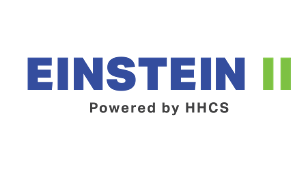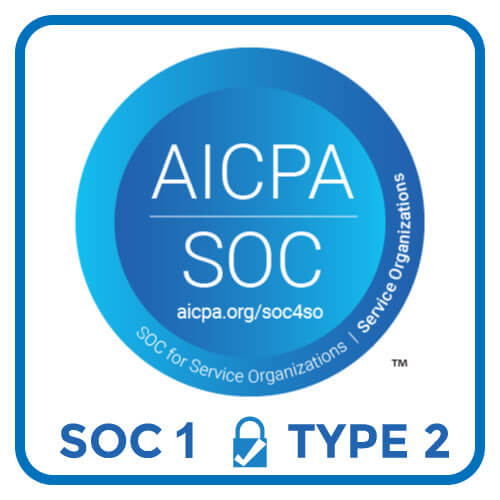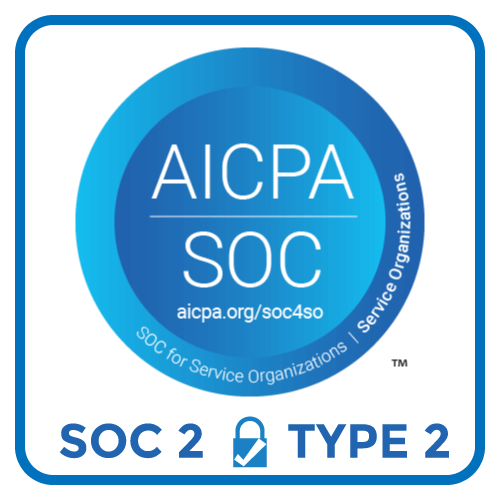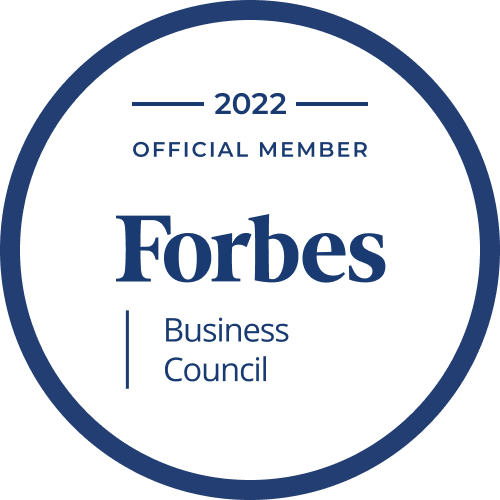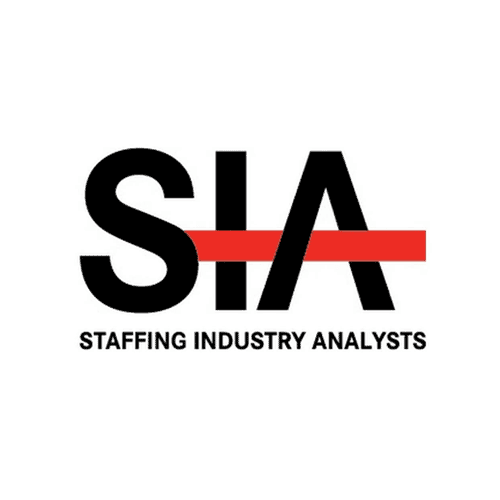
It goes without saying: happy nurses are crucial to the success of any hospital, health system, or healthcare organization that works with patients. When nurses aren’t engaged and satisfied in their roles, their employers will inevitably end up paying higher costs, only to generate worse patient outcomes. These issues can be even harder to address with contingent nursing staff who aren’t permanent, full-time employees. Fortunately, hospitals have a powerful tool at their disposal to help address these challenges: contingent workforce management platforms.
How critical is nurse engagement and satisfaction?
At large health systems that employ thousands of nurses, the potential losses can reach tens of millions of dollars. Worse, nurse disengagement can also affect nurse retention, resulting in high turnover and its own associated costs – as much as $51,700 on average per bedside registered nurse.
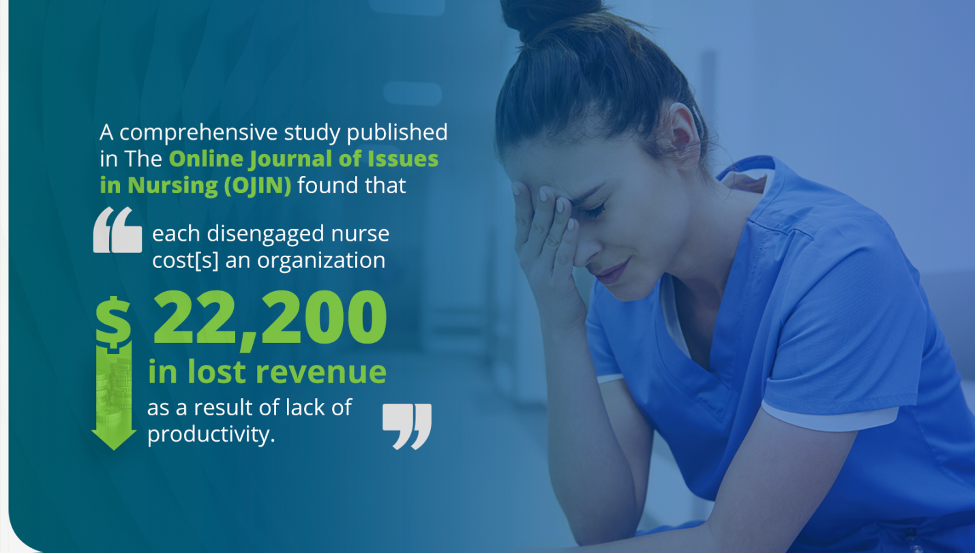
Most importantly, better nurse engagement is linked to higher patient satisfaction, lower mortality rates, and overall improved patient outcomes. A 25% increase in nurse satisfaction, for example, can improve patient quality of care by as much as 20%.
Nurse engagement is a multi-layered challenge, but how health systems handle staffing is foundational to it.
Many different factors affect nurse engagement. Not all of these factors are directly under the health system’s control, but some of the most impactful drivers of nurse engagement, according to the OJIN study mentioned above, come down to organizational issues such as inadequately staffed work units and ineffective communication across different levels of the organization.
These issues can directly contribute to overwork and burnout and are major causes of disengagement, dissatisfaction, and turnover. Health Affairs reports that nurses who work more than 40 hours in a week and 12 hours during a shift are more likely to experience this dissatisfaction and to leave the organization
How can organizations improve these elements of their nurse’s experience?
When hospitals and health systems manage their entire contingent workforce from within a single platform that enables flexible and collaborative staffing with self-scheduling options, these organizations can not only flex staffing up and down as census and acuity change, but they can optimally engage their nursing resources.
Listen in as William Reau, COO of Hallmark Health Care Solutions weighs in on nurse engagement.
Solutions like Einstein II provide hospitals and health systems with an internal workforce deployment and vendor management solution that reduces reliance on premium labor through overtime, premium incentive pay and agency. Through its two principal modules, Einstein II can either (or both) manage and deploy internal resource pools (IRPs) and serve as a complete vendor management system VMS.
Altogether, these kinds of staffing platforms enable health systems to:

Workforce management systems like these foster a collaborative experience that gives nurses more transparency and power over their own placement and schedule. “Now, [our nurses] can truly make their own schedule around their needs and what they can provide for us based on their availability,” says the Internal Resource Pool Manager for a Tennessee health system using Einstein II.
- One study, published in Nursing Management, found that strengthening a hospital’s float pool turned a 40% turnover rate into a 96% retention rate over the course of two years.
- Another study found that implementing a self-scheduling system led to a dramatic decrease in turnover. Specifically, the turnover rate fell by 22.8% within just two months of implementing self-scheduling options. Further, the nurses seemed to love the option, with an astounding 95% indicating they wanted to keep it in place long-term.
Ultimately, fully engaging your nurses requires the ability to manage their sourcing and scheduling from a single source that gives the nurses themselves more information, more transparency, and more control – while easing the overall process for both the talent management and staffing offices. This is the approach to staffing nurses that preempts problems before they escalate into crises and generates happier nurses that are more productive and produce better patient outcomes.
